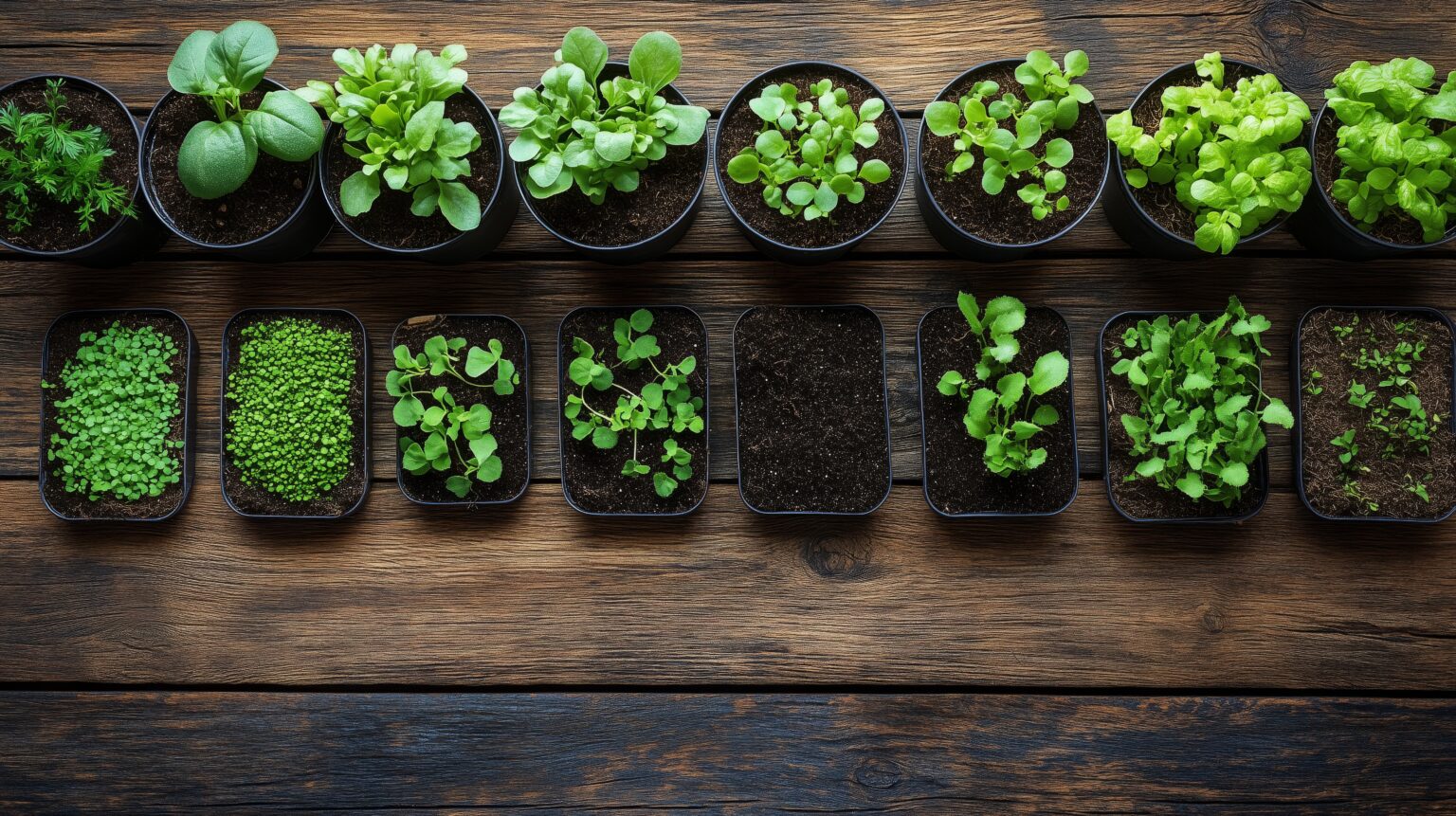Step 2: Create a Simple Watering System
Drill a small hole in the cap of the top bottle. Insert a thin infusion tube or narrow straw through the cap — this will allow water to drip slowly into the plant bottle below.
Step 3: Set Up the Hanging Reservoir
Hang the top bottle upside down, cap facing downward. Make sure it’s securely suspended above the second bottle, so gravity helps the water drip down naturally.
Step 4: Prepare the Mint Planting Bottle
Using a heated nail or drill, make small holes evenly around the sides of the second bottle. These are where you’ll insert your mint cuttings or starter plants.
Step 5: Insert the Internal Watering Straw
Use a wider straw or perforated plastic tube as a central watering channel inside the mint bottle. This helps distribute moisture evenly.
Step 6: Add Potting Mix
Carefully fill the second bottle with a well-draining potting mix. Make sure the wide straw stays centered as you fill. Gently pat down the soil, but don’t overpack it.
Step 7: Plant Your Mint
Insert mint cuttings or small plants into the holes around the bottle. Ensure the roots are in good contact with the soil and water them lightly to settle the plants in.
Step 8: Connect the Bottles
Align the infusion tube from the top bottle so that it feeds directly into the central straw inside the second bottle. This allows for slow, continuous watering.
Step 9: Hang and Enjoy
Choose a spot with partial sunlight — a balcony, kitchen window, or backyard wall works great. Check the water reservoir every couple of days and refill as needed.
Sustainable Gardening Meets Style
This upcycled mint planter doesn’t just give you fresh herbs — it’s also a statement of sustainability. It turns everyday waste into a vibrant, living feature that adds green to your space and flavor to your meals.
Final Tips for Success
Use clean bottles to prevent mold or bacteria.
Monitor water flow — if it’s too fast, adjust the tube size or use a cotton wick.
Prune regularly to encourage bushier growth and prevent the mint from becoming leggy.
Step 2: Create a Simple Watering System
Drill a small hole in the cap of the top bottle. Insert a thin infusion tube or narrow straw through the cap — this will allow water to drip slowly into the plant bottle below.
Step 3: Set Up the Hanging Reservoir
Hang the top bottle upside down, cap facing downward. Make sure it’s securely suspended above the second bottle, so gravity helps the water drip down naturally.
Step 4: Prepare the Mint Planting Bottle
Using a heated nail or drill, make small holes evenly around the sides of the second bottle. These are where you’ll insert your mint cuttings or starter plants.
Step 5: Insert the Internal Watering Straw
Use a wider straw or perforated plastic tube as a central watering channel inside the mint bottle. This helps distribute moisture evenly.
Step 6: Add Potting Mix
Carefully fill the second bottle with a well-draining potting mix. Make sure the wide straw stays centered as you fill. Gently pat down the soil, but don’t overpack it.
Step 7: Plant Your Mint
Insert mint cuttings or small plants into the holes around the bottle. Ensure the roots are in good contact with the soil and water them lightly to settle the plants in.
Step 8: Connect the Bottles
Align the infusion tube from the top bottle so that it feeds directly into the central straw inside the second bottle. This allows for slow, continuous watering.
Step 9: Hang and Enjoy
Choose a spot with partial sunlight — a balcony, kitchen window, or backyard wall works great. Check the water reservoir every couple of days and refill as needed.
Sustainable Gardening Meets Style
This upcycled mint planter doesn’t just give you fresh herbs — it’s also a statement of sustainability. It turns everyday waste into a vibrant, living feature that adds green to your space and flavor to your meals.
Final Tips for Success
Use clean bottles to prevent mold or bacteria.
Monitor water flow — if it’s too fast, adjust the tube size or use a cotton wick.
Prune regularly to encourage bushier growth and prevent the mint from becoming leggy.

